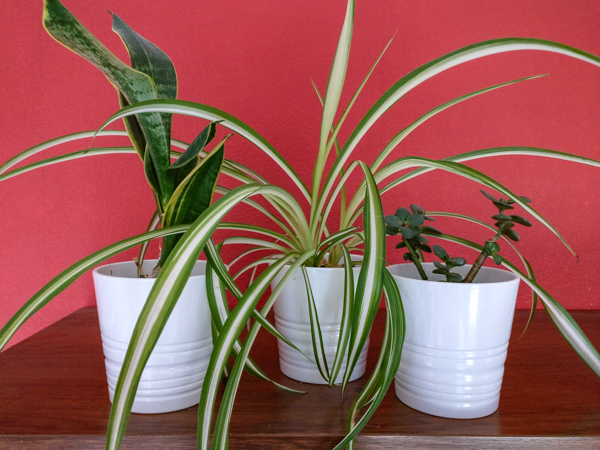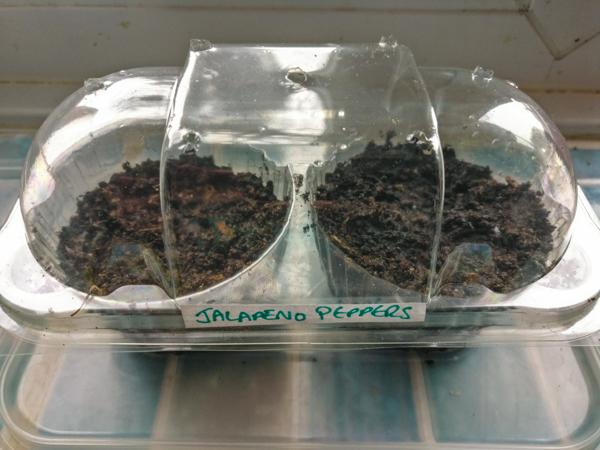Studies have shown that keeping indoor plants can help promote feelings of wellbeing, which is especially important while we're all stuck at home a lot more than we’re used to!
In 2019, before lockdown, Stockwell Street Library ran a Digital Drop-Out event, as part of University Mental Health Day. Students turned their phones off for 30 minutes, talked to library staff and collected their free plant buddy. IT and Library staff also ran a 'pep up your plants' session where a group of staff spent a lunchtime tending to neglected plants and repotting young plants.
Activities like these can have great benefits - for example, a study published in the Journal of Physiological Anthropology examined the physiological benefits of indoor plants. The study found that participants who took part in a planting task felt comfortable, soothed, and natural, and had lower blood pressure than those who completed a computer-related task.
While we can't run face to face sessions like these right now, we can still reap the mental health benefits of having plants in our lives. You don't need lot of space - even a window sill can provide enough room for an indoor oasis!
Plants can lower anxiety, reduce stress levels, boost mood, and increase productivity. Some houseplants have the added benefit of being very low maintenance, so you can benefit from them without having to put in a lot of work.

Five low maintenance plant suggestions
- Aloe Vera
- Snake plant
- Spider plant
- Money plant
- Rubber plant
Five scented plant suggestions
- Lavender
- Jasmine
- Orchid
- Mint
- Eucalyptus – not the most obvious choice for a houseplant as they do require a lot more space than the others mentioned, but they can be kept as potted plants (until they get too large!) and have lovely scented leaves.
Looking after a plant can also be a good reminder to look after yourself - stay hydrated, get fresh air and sunlight, give yourself the right conditions to thrive - and don’t forget that plants show you that you can recover after you wilt!
Growing your own

Now is a good time of year to start sowing seeds indoors. It doesn't have to be expensive and you don't need a lot of fancy equipment. Lots of seeds will only need clear covering and a bright window sill to germinate.
You can easily make a home-made propagator by recycling some of the packaging that comes into your home. For example, you could make an unheated propagator the perfect size for a window sill using the type of clear plastic boxes used to package strawberries or grapes in supermarkets, or (as pictured) even a plastic cupcake container!
Useful links:
RHS advice for growing seeds indoors
Houseplants: to support human health
MIND: Nature and Mental Health
The physiological benefits of indoor plants
If you do have some outdoor space, here are three enjoyable activities to bring more of nature into your garden.

